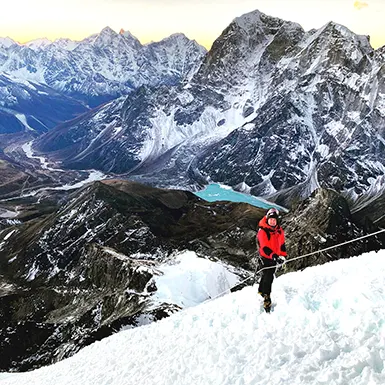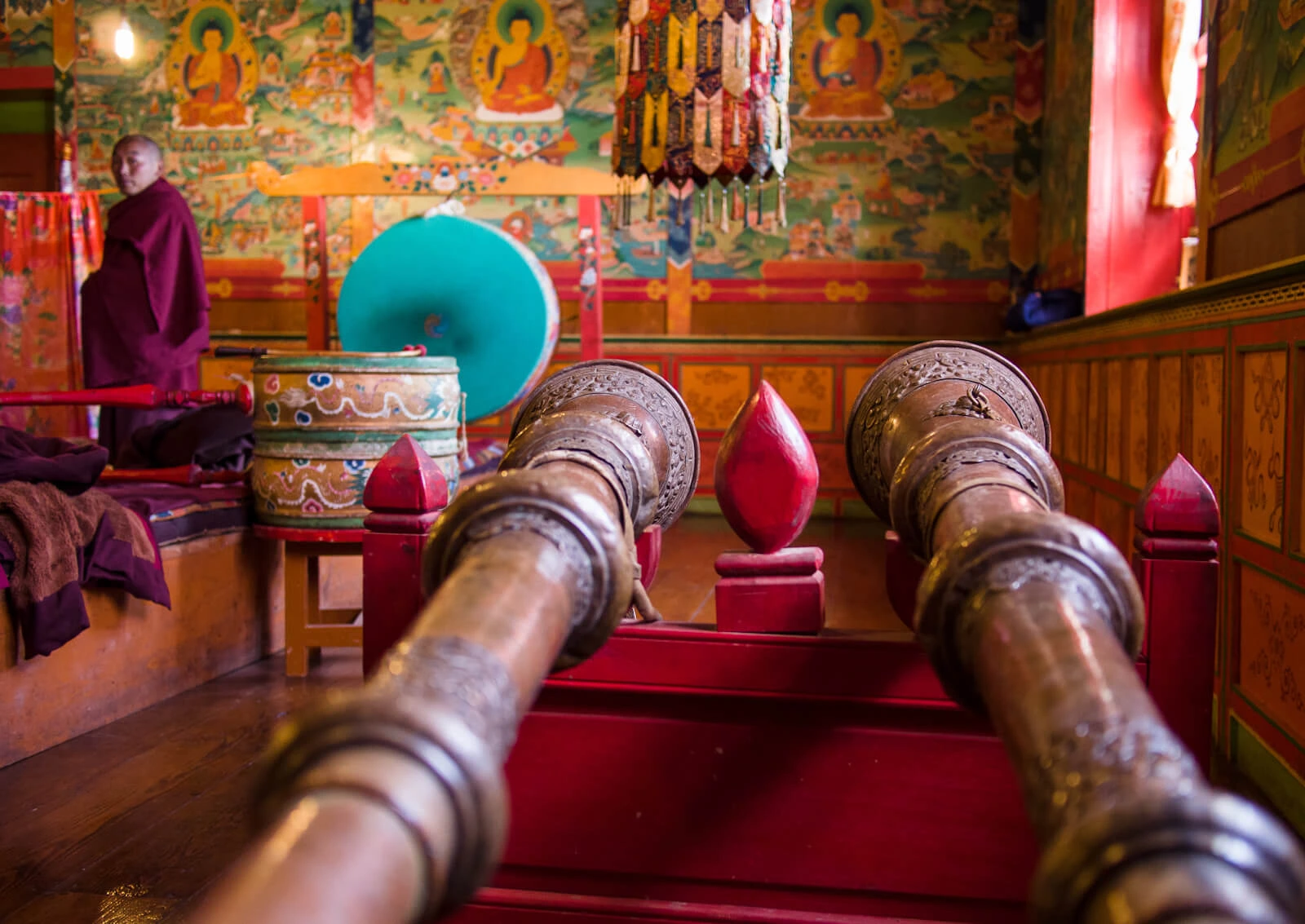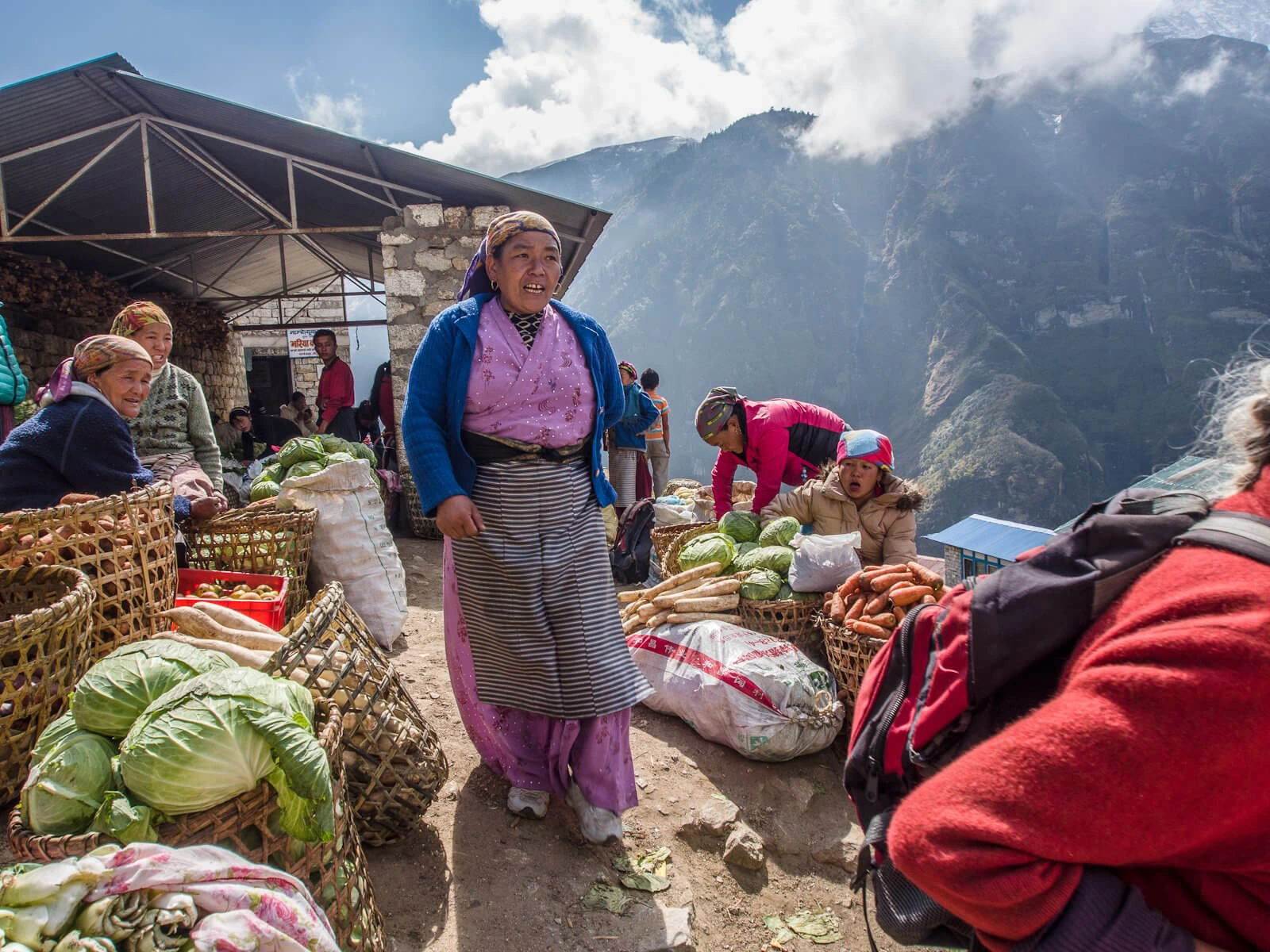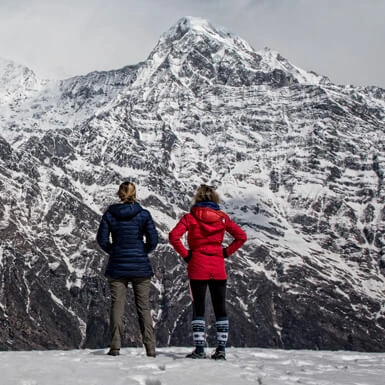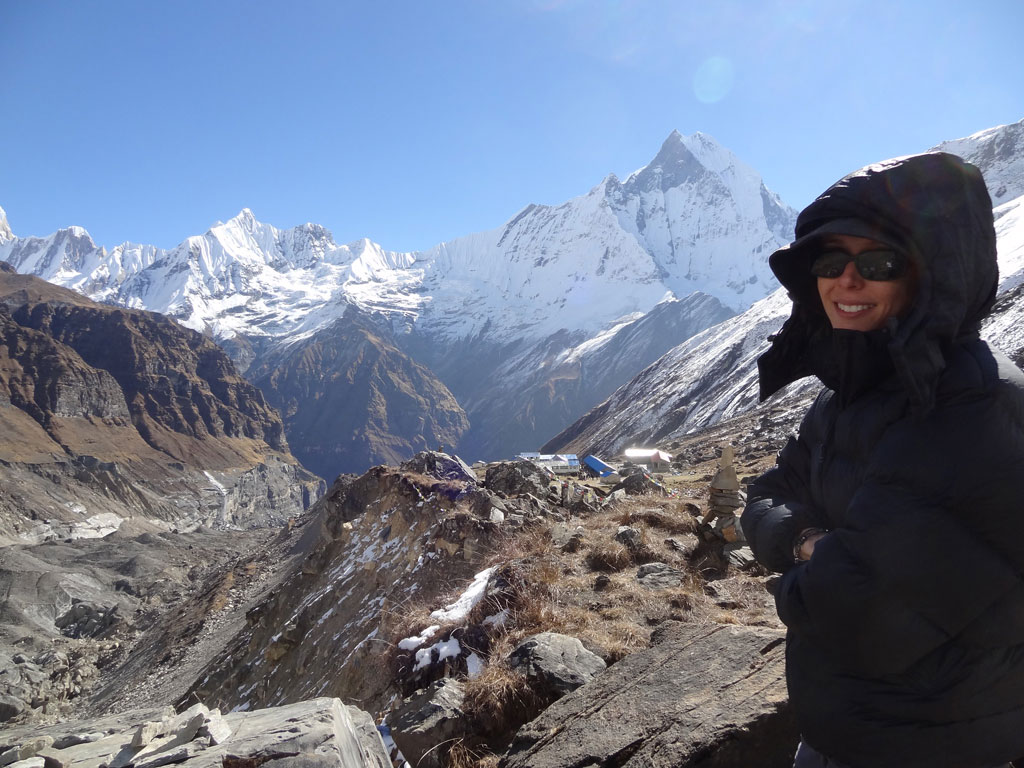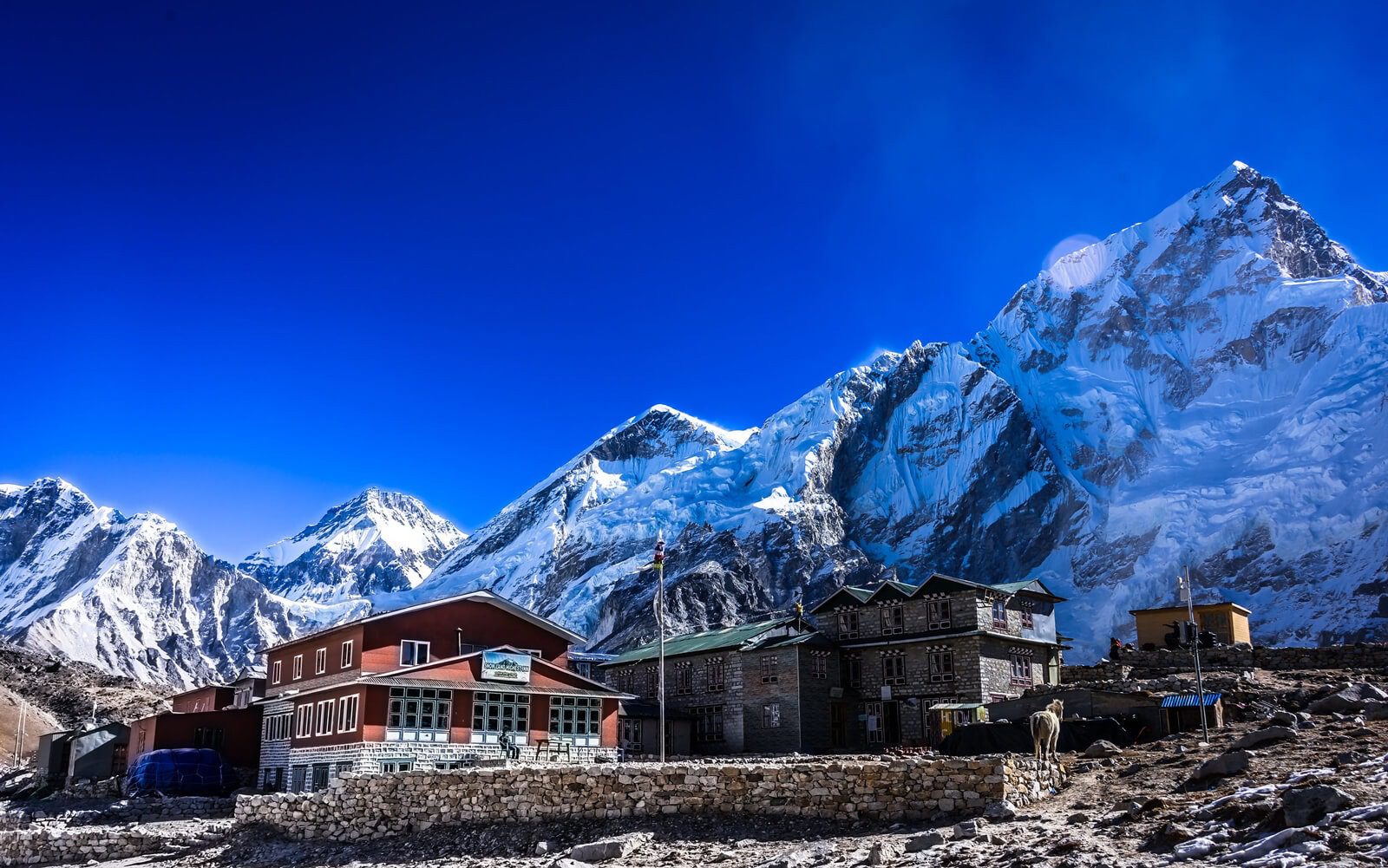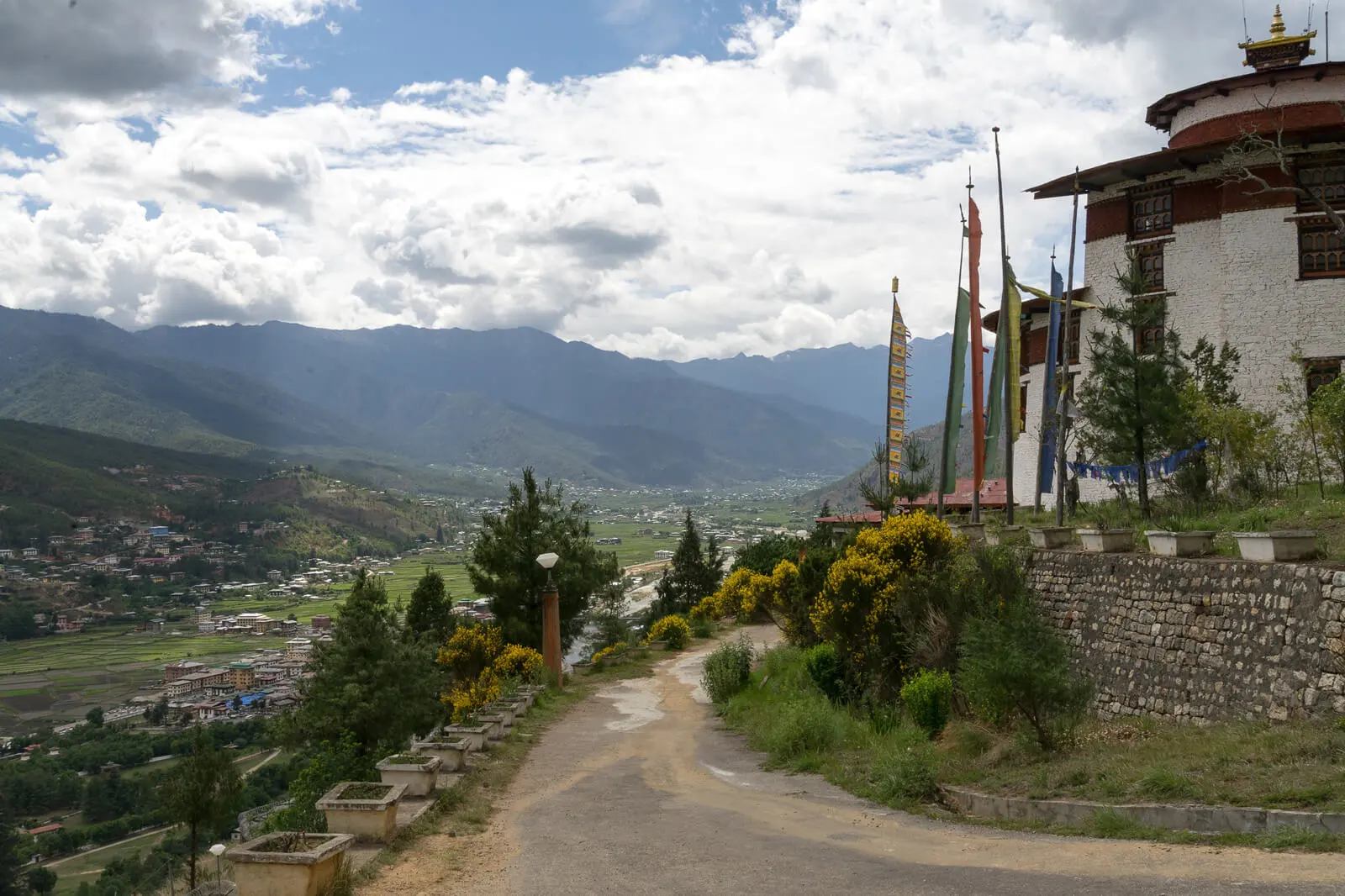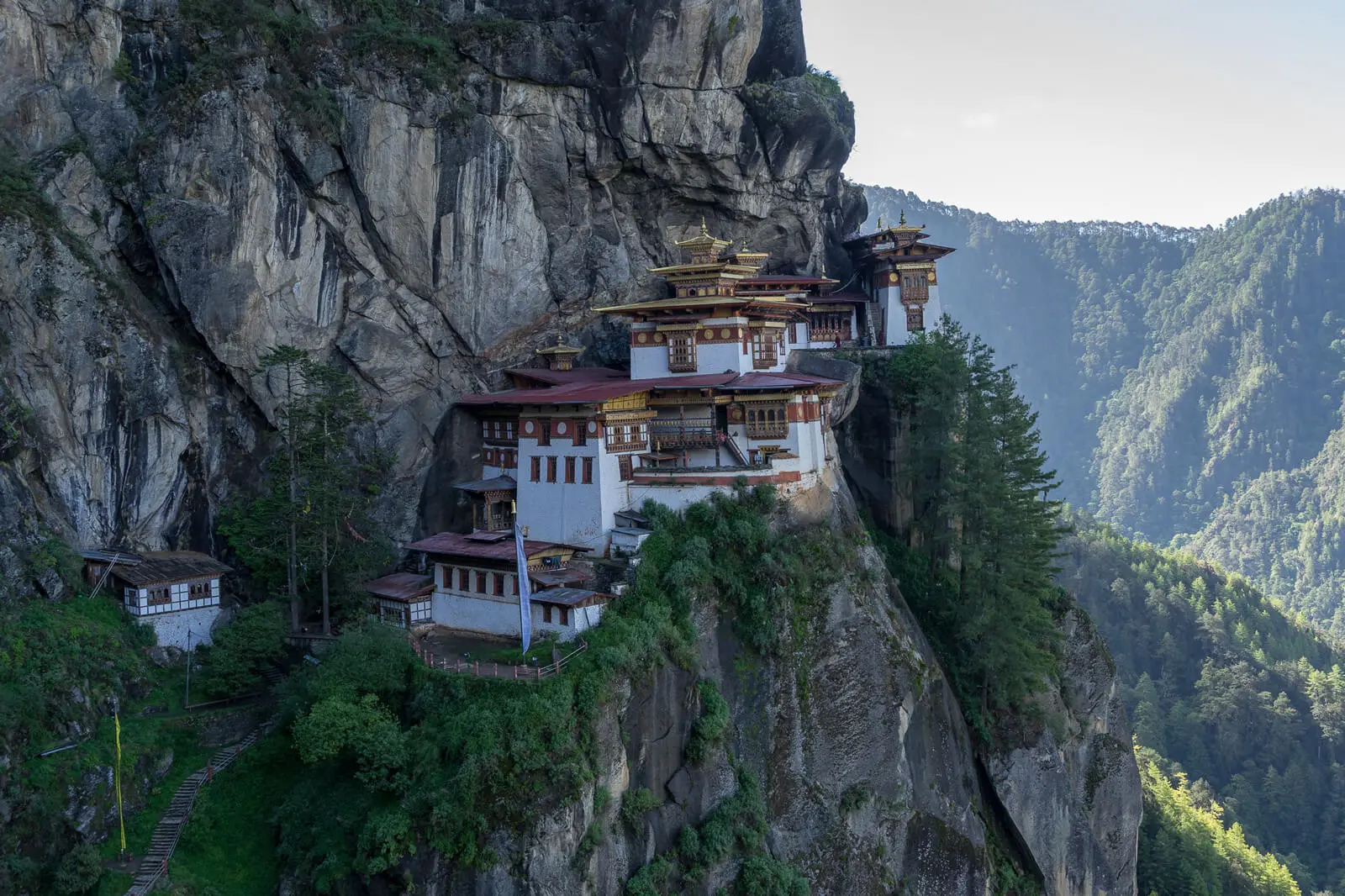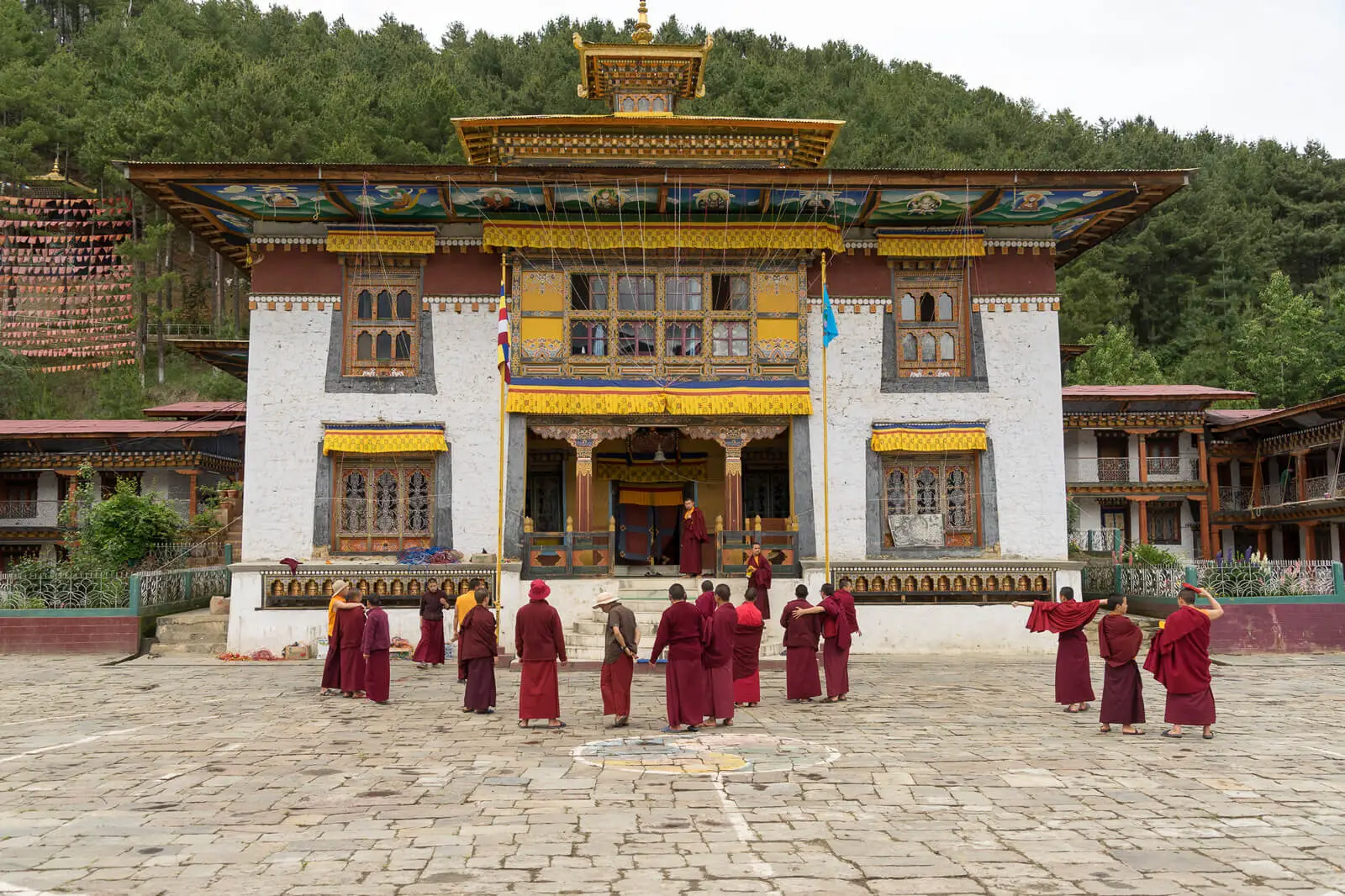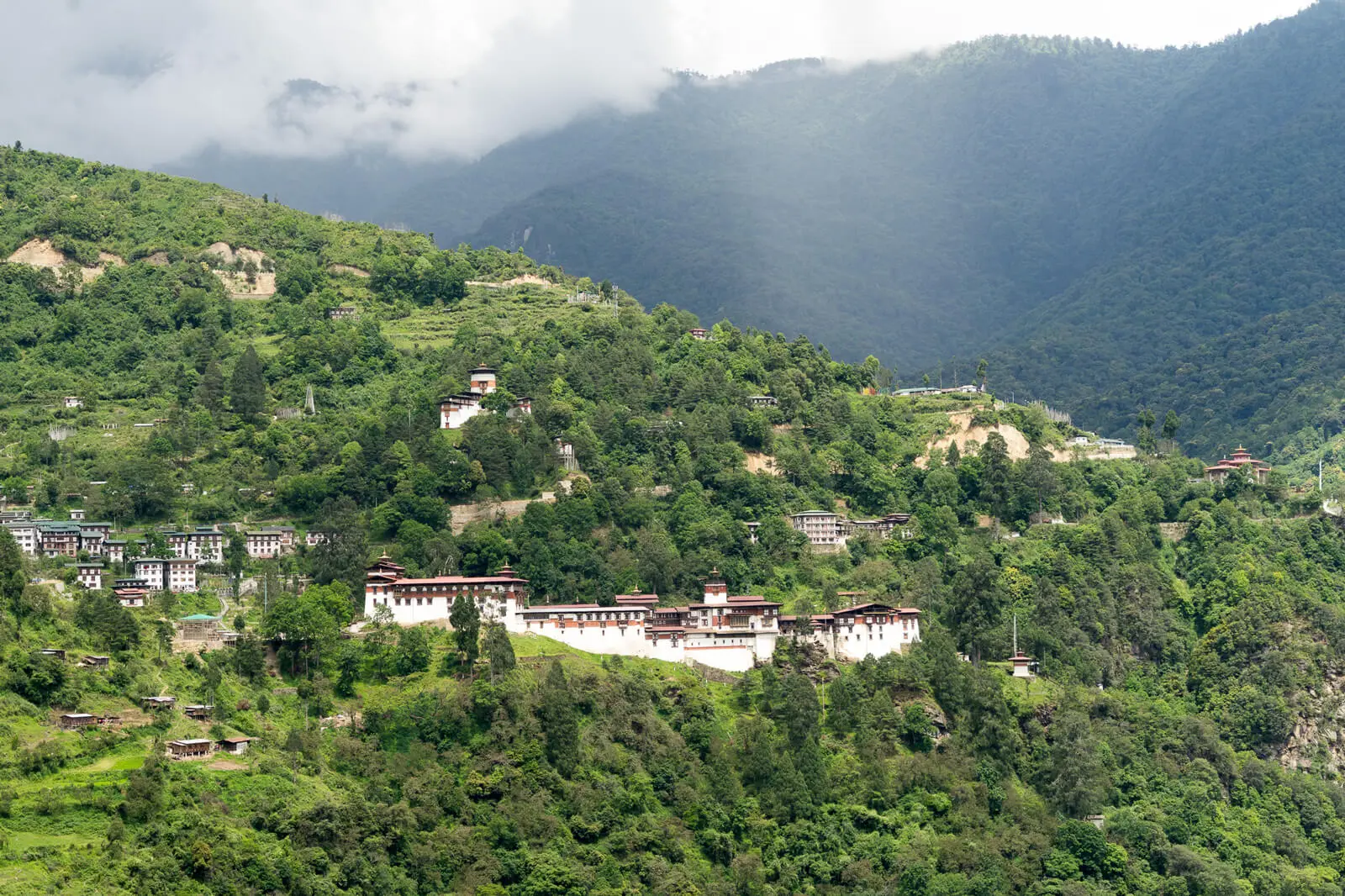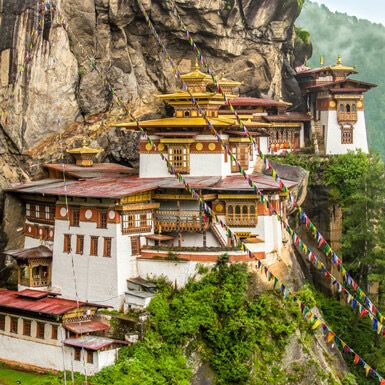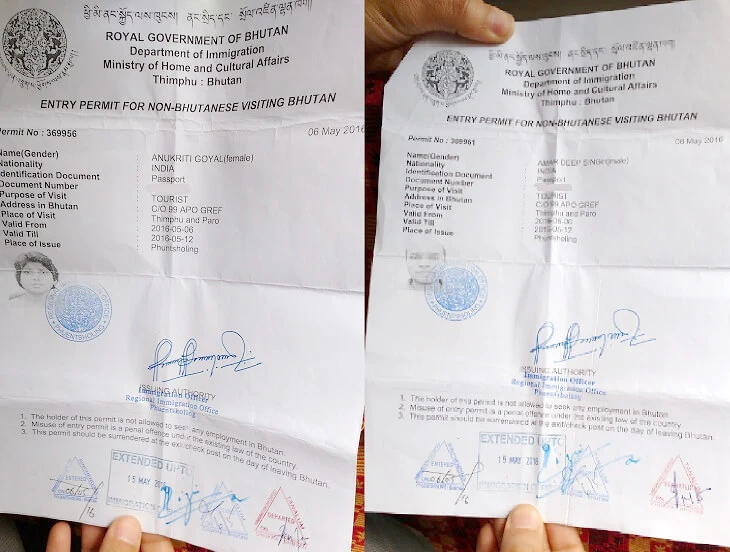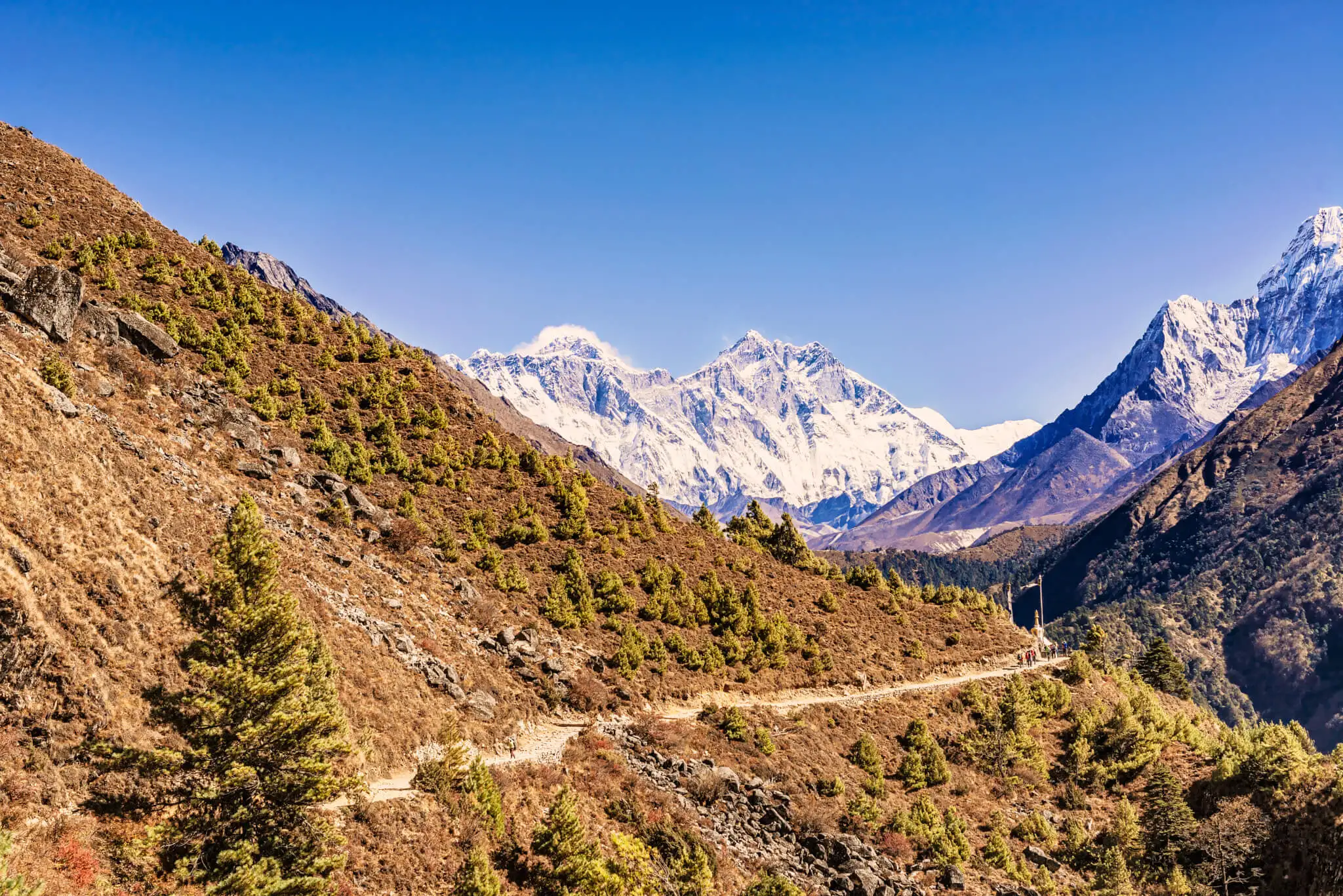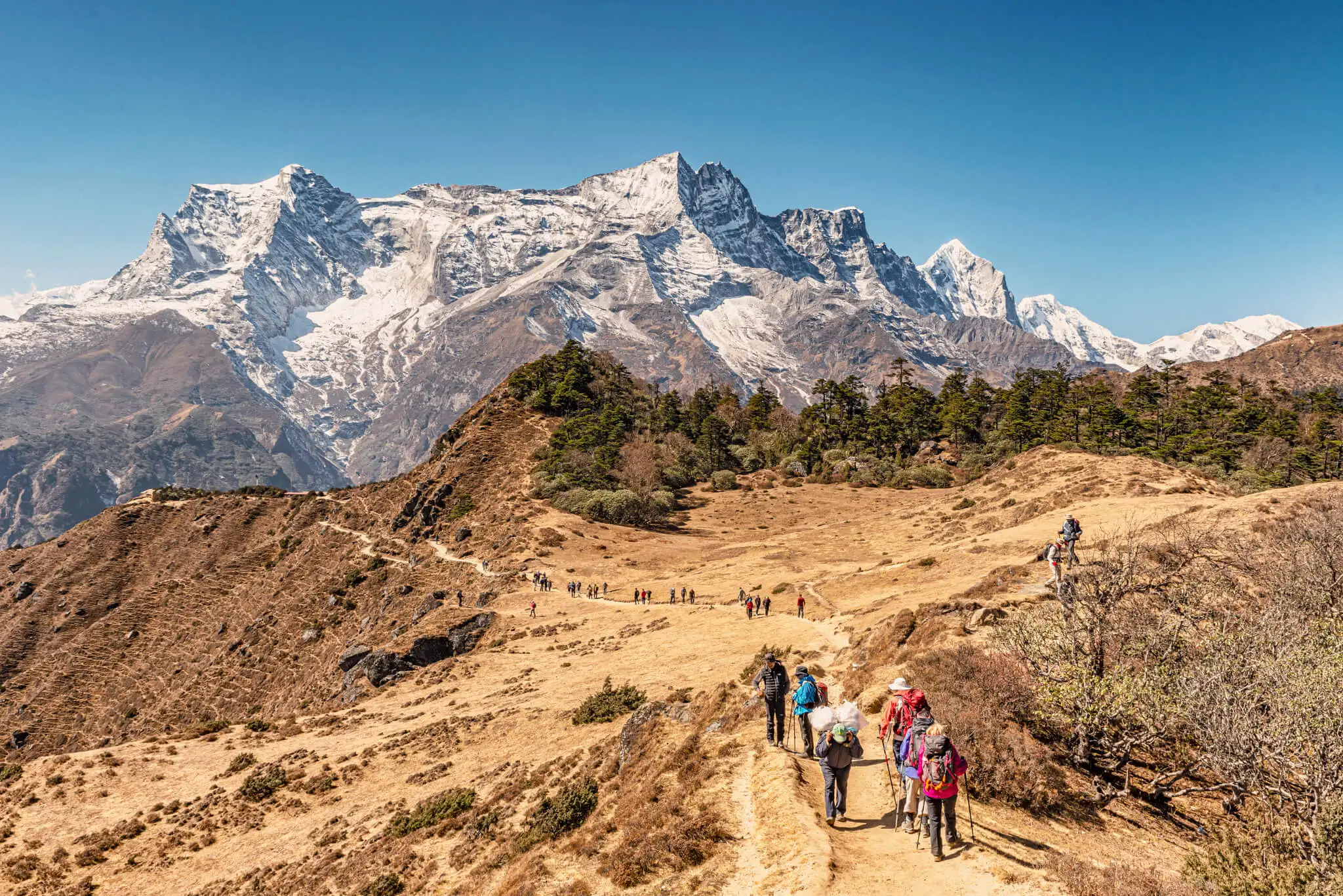Why should you climb Lobuche Peak? and its Difficulty Level
These two mountains have summits higher than 6000 meters above sea level. Both of these summits are moderately tough. However, Lobuche Peak is a little more challenging to climb than Island Peak. The Lobuche Peak East is a feasible triangular-shaped peak with a difficult ascent up a straight slope. It is simple to ascend the trail that leads to Island Peak. Similarly, anyone may climb Island Peak, regardless of experience level. Therefore, Island Peak is simpler to climb than Lobuche East.
Best Season to Climb
Keeping that in mind, both peaks symbolize the Everest region. It implies that the local climate fluctuates a much. Nepal’s eastern Himalayas often experience the monsoon before the rest of the country. Similar weather and climatic trends are mirrored by both Lobuche Peak and Island Peak while in the exact location.
The two ideal seasons are spring and autumn for climbing Lobuche Peak and Island Peak. Winter and summer seasons might not be appropriate for these two summits either. You will also be able to see glaciers on Lobuche East and Island Peak, as well as a clear view of Everest, Makalu, and other Himalayan peaks in the spring and autumn.
[contact-form-7 id=”6913″ title=”Inquiry From – Blog”]
Accommodations and Meals
The experience of staying in the Everest region is one that one will never forget. The breathtaking vistas of the incredibly spectacular mountains from the teahouses will relax your eyes and refresh your spirit. During your trek in the Everest region, teahouses will be available to you to provide the amenities. Teahouses are a kind of accommodation available at both Lobuche East and Island Peak. It will cost between $5 and $6 each day. The teahouses in Lobuche East and Island Peak both serve the same kinds of traditional Nepali meals.
Physical Fitness and Training
Physical fitness is crucial if you plan to trek any of the peaks in the Everest region. These summits rise beyond 6000 meters, necessitating extraordinary perfection in pre-trek exercise and a high degree of fitness. Additionally, as Lobuche Peak is more demanding to climb than Island Peak, you will exert the most energy while trekking.
You will need to be conscious of your physical fitness level since Lobuche East will put your trekking abilities to the test. The energy required for trekking will be similar to that of Lobuche East in the case of the island summit; however, you must undergo rigorous preparation before mounting both peaks.
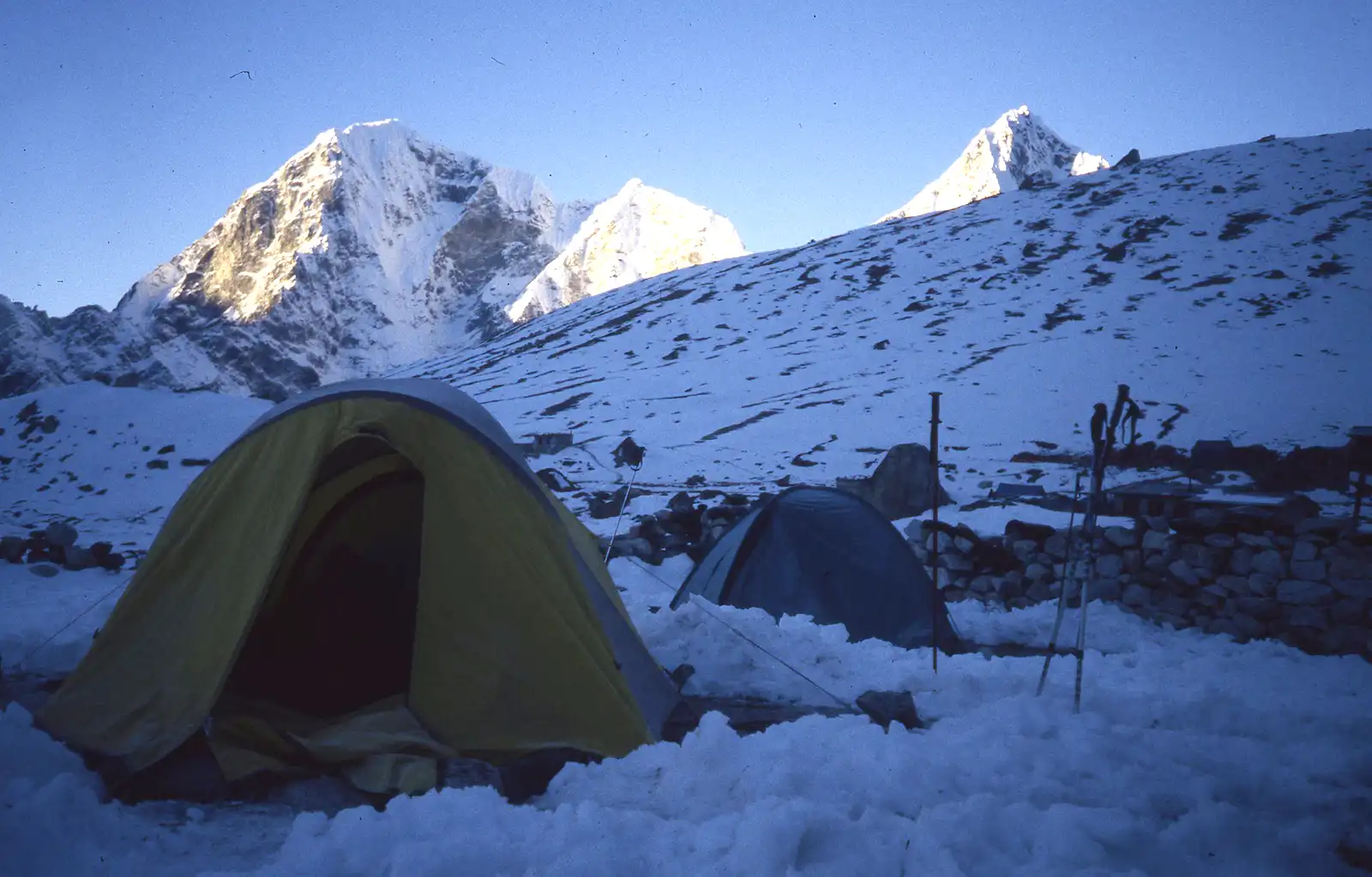
Culture and Tradition
Sherpas serve as the embodiment of the Everest region. Similarly, Lobuche East, Island Peak is comprised of and has the same culture, heritage, and religion. You will be astounded by the antique historical artworks and crafts associated with Himalayan people groups in the Buddhist culture that stretches from Namche Bazaar to Dingboche settlements. Identical to how both peaks’ itineraries pass through the town of Tengboche, you will see the monastery, a significant tourist destination. The Losar festival is the main festival for most locals, Sherpa. A similar cultural impact is present in both Lobuche East and Island Peak.
Lobuche 2 May
Lobuche Peak Climbing in May is like having the chance to wrap up your excursion before the end of spring. The ideal month to trek Lobuche 2 will be May. The region’s typical temperature will be around -2 to -9 degrees Celsius. Like the temperature, the humidity will range from 75% to 80% at this time of year. This season’s rainfall at Lobuche Peak will just be beginning with 108mm. The snowfall in May also ranges from 780 to 797mm. Furthermore, depending on the weather, the length of the day will be between 12 and 13 hours. In a similar vein, the UV index in May will be 1, necessitating the use of an appropriate sun block.
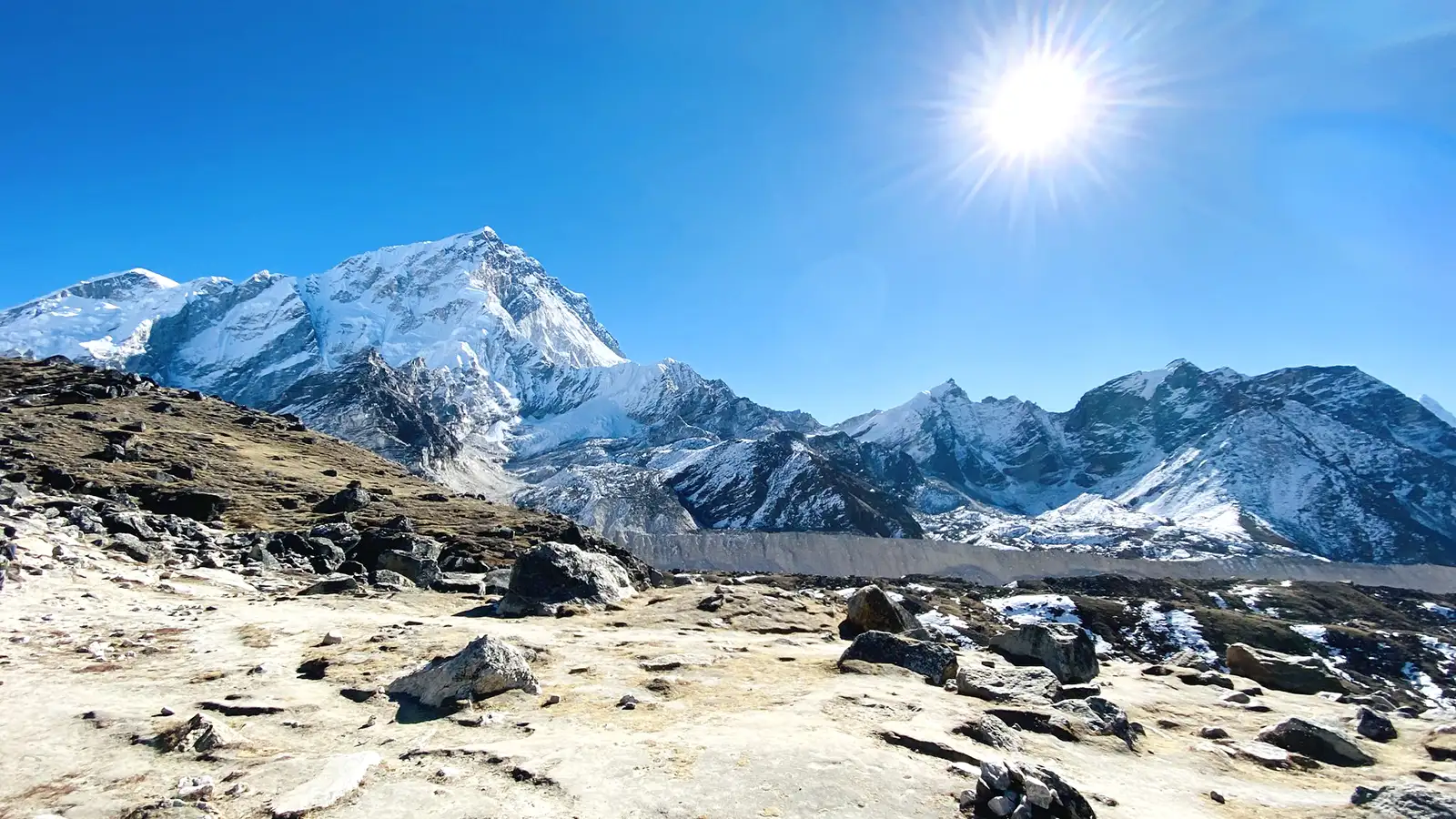
Lobuche Weather
According to the four seasons, the weather in Lobuche may be categorized. Lobuche has several weather patterns during each season, as mentioned here.
Weather in Spring Season
This season essentially covers the months of March through May. The weather will be perfect for the Lobuche trek. The temperature will be around -2 to 5 degrees Celsius during the day and between -8 and -2 at night. You may also see spectacular mountains in precise crystal detail, with surrounding flora developing on its own and a lush landscape. You’ll enjoy your trek more in the chilly wind and warm sun.
Weather in Autumn Season
The Lobuche Peak trekking season’s optimum time is often in the fall. The weather will be clear after the chilly days with a pleasant wind and a definite sun. The temperature at night will be about -10 degrees Celsius, while during the day, it will be around 2 to 5 degrees Celsius.
Weather in Summer Season (Monsoon)
Summer Season includes the months of May through August. The challenge will be pretty treacherous, making it more adventurous. The east Himalayas will be marginally visible due to clouds and fog. Extreme sunshine and temperatures of 10 degrees Celsius are forecast for the day, while -5 degrees Celsius are forecast for the evening.
Weather in Winter Season
The region will see significant cold from late October to late December. You’ll have to put more effort into ascending because of the bitter wind and deep snow. Similarly, you may climb in the winter if you want to experience the snowy atmosphere. Around -10 to -15 degrees Celsius will be the afternoon temperature. Additionally, the temperature at night is below -20 degrees Celsius.
